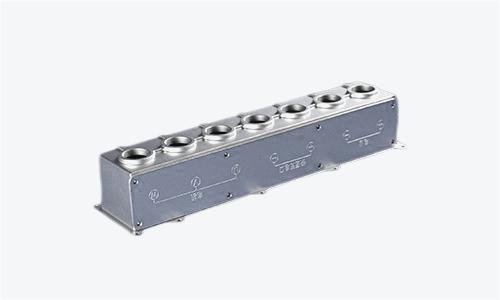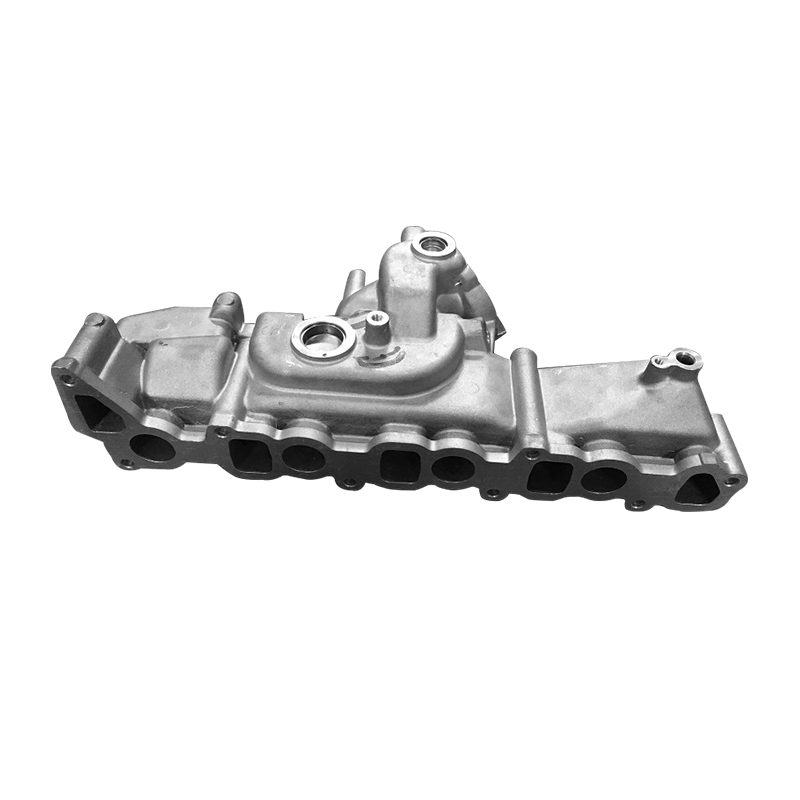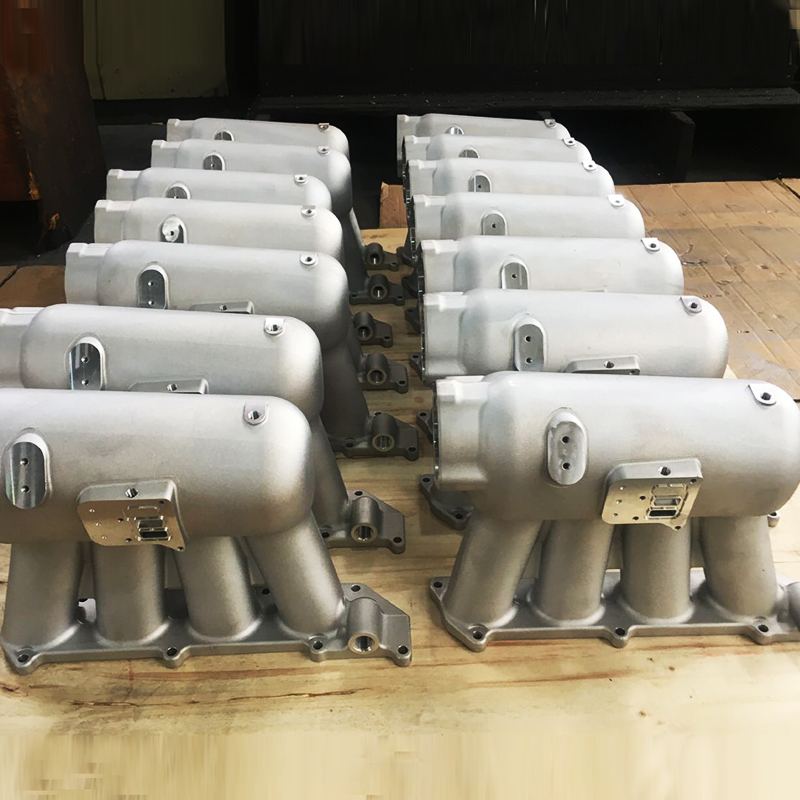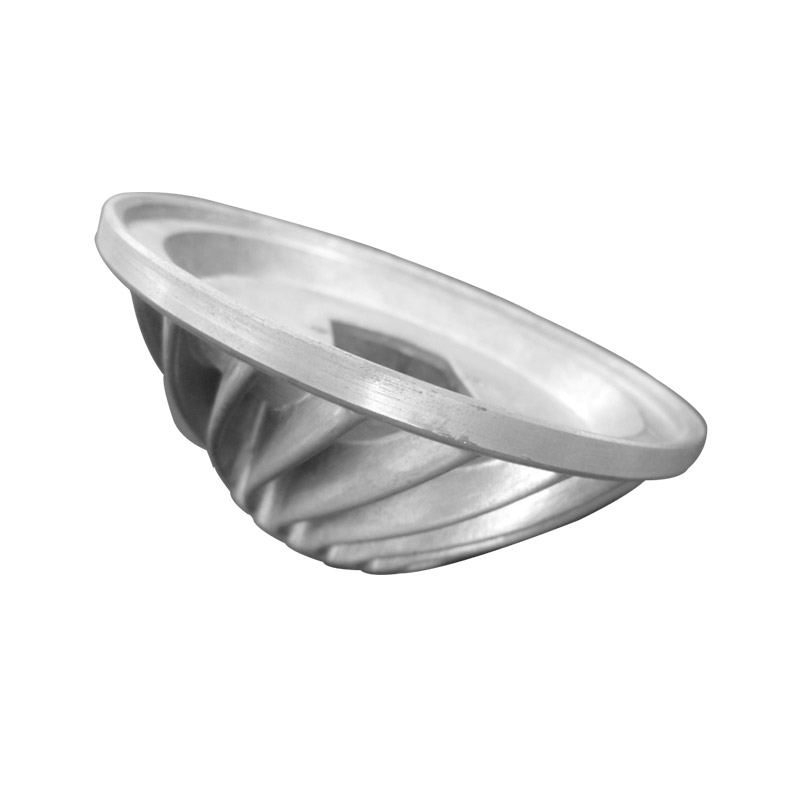Pros and Cons of Aluminum Stamping and Aluminum Die Casting
Aluminum stamping and aluminum die casting are two popular manufacturing processes used for producing aluminum parts. Each process has its advantages and disadvantages, making it important to select the right one based on the specific requirements of your project. In this article, we will compare aluminum stamping and aluminum die casting, discussing their pros and cons to help you make an informed decision.
What are Stamping and Die Casting?
Stamping: Stamping is a metal forming process that involves cutting, punching, bending, and shaping metal sheets or coils to create parts. It is typically used for low volume production and produces highly accurate parts with tight tolerances.
Die Casting: Die casting is a manufacturing process that involves injecting molten metal into a mold cavity at high pressure. Once the metal solidifies, the mold is opened, and the finished product is removed. Die casting is a high-volume production process capable of producing complex parts with excellent surface finishes.
Pros and Cons of Aluminum Stamping and Aluminum Die Casting
Aluminum Stamping: Advantages:
- High Accuracy and Precision: Aluminum stamping can produce parts with high accuracy and tight tolerances.
- Complex Geometries: It is suitable for producing parts with complex shapes and sizes.
- Low Tooling Cost for Simple Parts: Stamping requires less tooling than other processes, making it cost-effective for simpler parts.
- Suitable for Low Volume Production: It is ideal for low volume production runs, prototyping, and custom parts.
- Quick Setup and Production Time: Aluminum stamping has fast setup and production times, making it suitable for time-sensitive projects.
Disadvantages:
- Limited Complexity: Compared to other manufacturing processes, aluminum stamping has limitations on the complexity of parts it can produce.
- High Tooling Cost for Complex Parts: Stamping requires specific tooling for each part design, and the cost can be high for complex parts with intricate designs.
- Material Wastage: Stamping can result in material wastage, especially when producing complex parts.
- Limited Part Thickness: Aluminum stamping is not suitable for applications requiring thick parts.
Aluminum Die Casting: Advantages:
- High Production Efficiency: Die casting is a high-speed, high-volume process capable of producing complex parts quickly and efficiently.
- High Strength-to-Weight Ratio: Die-cast aluminum parts have a high strength-to-weight ratio, making them ideal for applications where weight reduction and strength are crucial.
- Consistency and Repeatability: Die casting can produce consistent, high-quality parts with minimal variation, making it suitable for high-volume production runs.
- Excellent Surface Finish: It can achieve excellent surface finishes, making it ideal for applications where aesthetics are important.
- Versatility: Die casting can produce parts in various shapes and sizes, catering to different application needs.
- Low Assembly Cost: Die-cast aluminum parts often require less assembly than other processes, making it cost-effective for high-volume production runs.
Disadvantages:
- High Initial Tooling Cost: The tooling cost for die casting can be high, particularly for low-volume production runs, making it less cost-effective for smaller projects.
- Limited Part Size: Die casting has limitations on the size of parts it can produce, making it unsuitable for large parts.
- Porosity: Porosity can be a concern with die-cast parts, leading to reduced strength and surface finish.
- Limited Material Options: Die casting is limited to specific alloys, reducing its versatility compared to other processes.
- Potential for Cracking: There is a risk of cracking or other defects in aluminum die casting due to thermal stresses, potentially affecting part quality.
How to Choose Between Aluminum Stamping and Aluminum Die Casting?
The choice between aluminum stamping and aluminum die casting depends on several factors, including part design, complexity, production volume, and cost.
Aluminum die casting is ideal for high-volume production runs that require speed, efficiency, a high strength-to-weight ratio, excellent surface finish, and consistent quality. It is also suitable for parts with complex geometries, thin walls, and precise details.
Aluminum stamping is well-suited for low to medium volume production runs, prototyping, and custom parts that demand high accuracy, tight tolerances, and precise shapes. It is a cost-effective process for simpler parts and can produce parts with complex geometries, although with certain limitations.
In conclusion, both aluminum stamping and aluminum die casting have their unique advantages and disadvantages. Aluminum stamping is precise and cost-effective for low to medium volume production runs, making it ideal for simpler parts and prototyping. On the other hand, aluminum die casting is efficient and cost-effective for high-volume production runs, particularly for parts that require a high strength-to-weight ratio, excellent surface finish, and consistent quality. When making a choice, consider the part's design, complexity, production volume, and associated tooling costs. Both processes are effective for aluminum parts manufacturing, and the selection depends on the specific requirements of your project.
Ningbo Fuerd was founded in 1987 and is a leading full-service die Casting Tooling, aluminum die casting, zinc die casting, and Gravity casting manufacturer. We are a solution provider offering a wide array of capabilities and services that include engineering support, designing, molds, complex CNC machining, impregnation, tumbling, chrome, powder coating, polishing, assembly, and other finishing services. We will work with you as partners, not just suppliers.
NINGBO FUERD MECHANICAL CO., LTD
Website: https://www.fuerd.com



